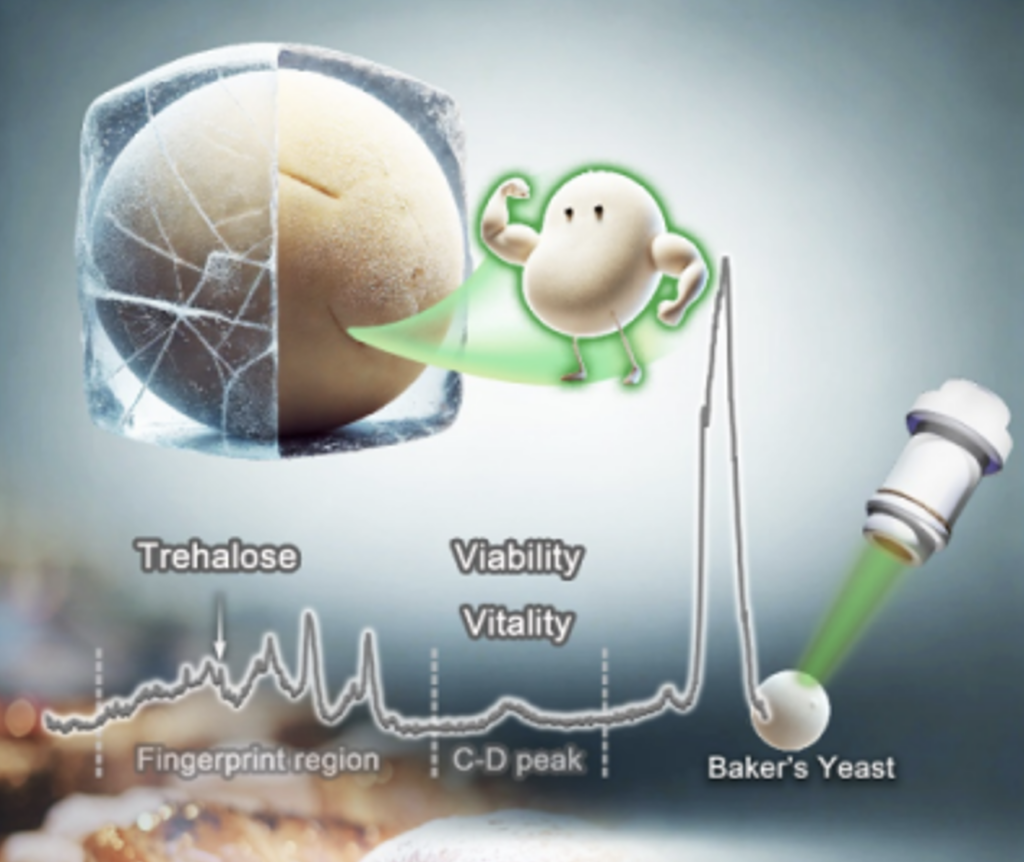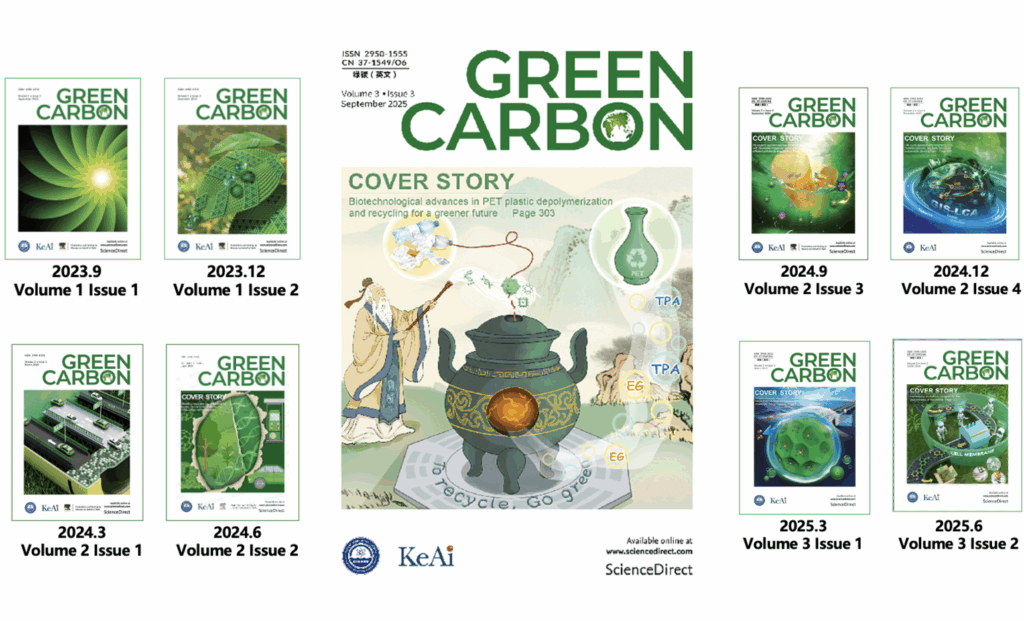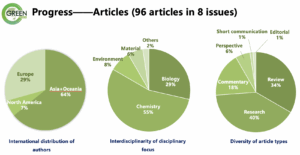https://www.cas.cn/syky/202410/t20241008_5034990.shtml
https://doi.org/10.1016/j.synbio.2024.09.004
The quality of baker’s yeast products is uneven, and there is a lack of fast, accurate and cost-effective methods to evaluate its quality of baker’s yeast. The Single Cell Research Center of CAS Qingdao Institute of Bioenergy and Processes and Tianjin Agricultural College have developed a new technology for quality inspection of baker’s yeast based on single-cell Raman spectroscopy.
The team incubated baker’s yeast cells with heavy water, and quantitatively analyzed the metabolic activity and viability of individual yeast cells based on the intensity of the heavy water peak in the Raman spectrum. In addition, the trehalose content in each yeast cells was measured through Raman spectra, as an indicator for antifreeze performance. High performing strains were screened out, subjected to genome sequencing and further cultured, resulting in improved strains for the yeast industry.





